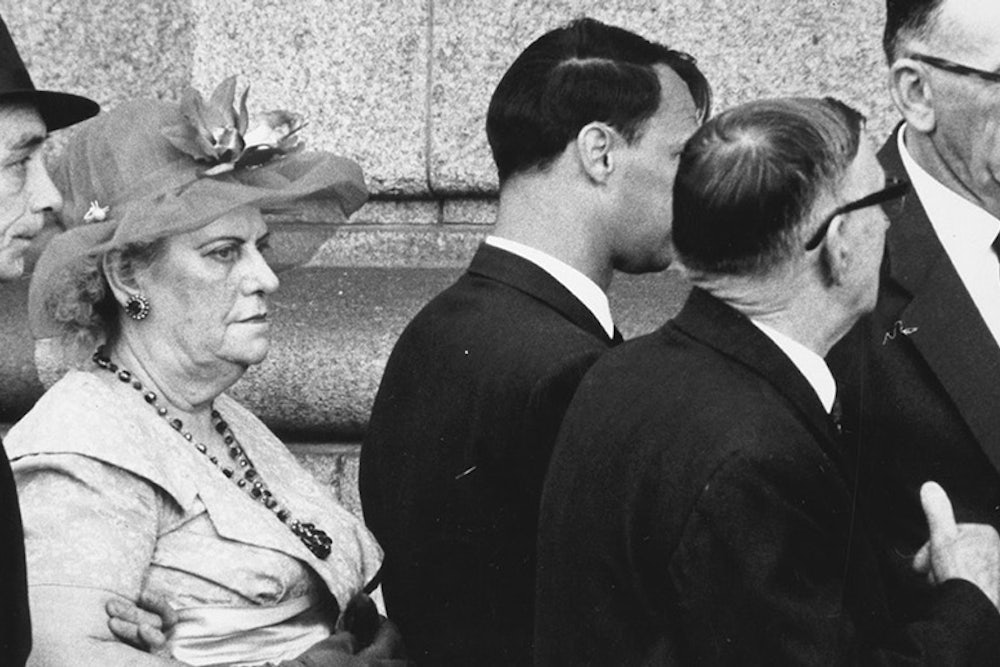Everyday scenes—children playing, Archbishop Desmond Tutu praying—make up the bulk of "Rise and Fall of Apartheid," an exhibition now on display at Museum Africa in Johannesburg, South Africa. Composed of more than 800 images and 27 films by more than 70 South African photographers and a handful of notable Westerners, the exhibition is a comprehensive visual history of apartheid, focusing on the normalization of racism—the banality of evil.


While most collections of images from apartheid—which began in 1948 with the election to office of the National Party and ended legally in 1994—focus on images of violence and the struggle for emancipation, this exhibition's curators made the deliberate choice to focus on everyday life in the apartheid state.






The collection resembles Robert Frank's The Americans, in which he captured life in post-war 1950s America. With funding from the Guggenheim Foundation, Frank traveled around the United States shooting gritty street scenes, making the mundane seem spectacular.



In Johannesburg, the exhibition has drawn record numbers of visitors. The experience of looking at these images in South Africa is personal in a way it couldn't possibly be elsewhere. "It is a very different experience for local audiences: much more personal and complicated, as we know more about our own history and are much more sensitive about it than a foreign audience," wrote Lesley Perkes, the exhibition's publicist. "People have found themselves and friends and family in the images."
Johannesburg's Museum Africa is the last stop of the exhibition's global tour, which included New York, Milan, and Munich. "No one else photographed South Africa and the struggle against apartheid better, more critically, and with deeper pictorial reflection, complexity, and insight than South African photographers," wrote Okwui Enwezor, the exhibition's curator in the catalogue's preface. "Rise and Fall of Apartheid" will be on display at Museum Africa in Johannesburg until April 30, 2015.

